This anesthesia machine consists of a main unit, an anesthetic vaporizer, a flow meter, an anesthesia respirator and a
respiratory circuit system.
Best Anesthesia Ventilator for sale-MSLGA15 Technical
1 Operating mode: circulatory closed, semi-closed and semi-open.
2 Gas requirement: medical oxygen and laughing gas with a pressure ranging from 0.3MPa to 0.5 MPa.
3 The maximum error of the pressure testing device should not exceed ± (4% of the full scale reading + 8% of the
actual reading).
4 For oxygen and laughing gas, a special pressure regulator with a safety valve will be provided. The exhaust pressure
of the safety valve should not be higher than 6 kPa.
5 Indication range of the oxygen and laughing gas flow meter: 0.1 L/min ~ 10 L/min.
When the flow rate ranges from 10% of the full scale value to 100%, the scale accuracy should be within ±10%
of the indicated value.
6. The flow meter is equipped with an oxygen-laughing gas proportional control device.
When the oxygen concentration in the mixed gas N2O/O2 conveyed by the anesthesia
machine is no lower than 20% (V/V) or the FiO2 is lower than 20%, the machine will emit an
alarm.
7. When the oxygen pressure of the anesthesia machine is 0.20MPa±0.05MPa, the machine raises a low gas source
pressure alarm which is a high priority alarm, and shuts off the laughing gas conveyed to the common gas outlet.
8. Oxygen Flush:25~75 L/Min;
9. Anesthetic gas concentration adjustment range of vaporizer: 0~5%, relative error ±20 %.
10. The exhaust pressure of the safety valve of the respiratory circuit is no higher than 6 kPa.
11. Anesthesia ventilator
11.1 Respiration Mode:IPPV,SIPPV,Manu
11.2 Respiration Frequency:4~40bpm
11.3 I/E Ratio:1:1.5~1:4
11.4 Tidal Volume:50~1500mL
11.5 Ptr:-10~10hPa
11.6 Controlled ventilation and assisted ventilation switching time: 6s
11.7 Maximum safety pressure: ≤ 12.5 kPa.
11.8 Pressure limit range: 1~6 kPa
11.9 Airway pressure alarm: adjustment range of upper alarm limit: 0.3kPa ~ 6 kPa, permissible error ±0.2 kPa, or ±15%
(whichever is greater), the machine should immediately raise a high level alarm when the airway pressure rises to the alarm
value; the lower alarm limit ranges from 0.2 to 5 kPa and the permissible error is ±0.2 kPa or ±15% (whichever is greater).
The machine should immediately raise a medium level alarm when the airway pressure drops to the alarm value and
such condition lasts 4 to 15s.
3.11.10 Tidal volume alarm: the upper alarm limit ranges from 50 to 2000ml, the permissible error is ±20%,
the adjustment range of the lower alarm limit is 0~1800ml, the permissible error is ±20% and the machine should raise
a medium level alarm.
3.11.11 Ventilation volume lower alarm limit: the adjustment range is 0~12 L/min , and the permissible error is ±20%.
The ventilation volume upper alarm limit is fixed to be 25 L/min, the permissible error is ±20% and the machine should
raise a medium level alarm.
3.11.12 Power supply fault alarm: the machine should give audible alarm in case of power outage and the alarm should
last more than 120s.
3.11.13 The silencing time of the audible alarm signal should be less than 120s. The alarm status should not be
deactivated
and visual alarm signal should not be intermittent.
3.11.14 The emergency battery should be a lead acid battery with a rated output voltage of DC 12V. The duration of the
operation of the anesthetic respirator driven by the battery should be more than 60min.




 Price is 8-20% Lower Than Other
Price is 8-20% Lower Than Other



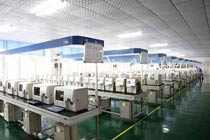
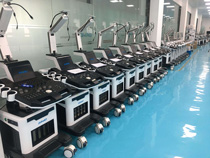
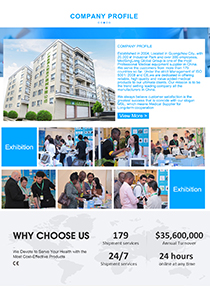


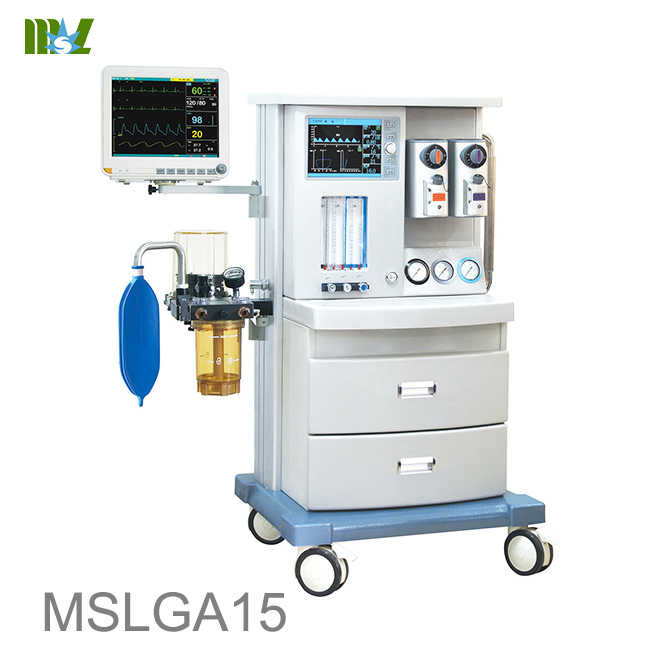



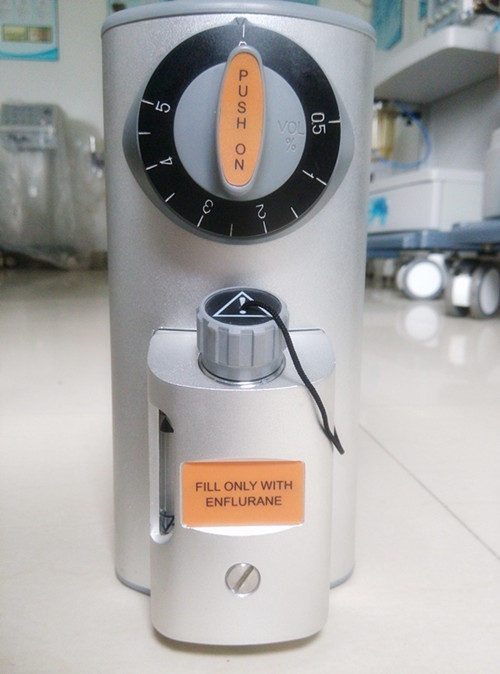
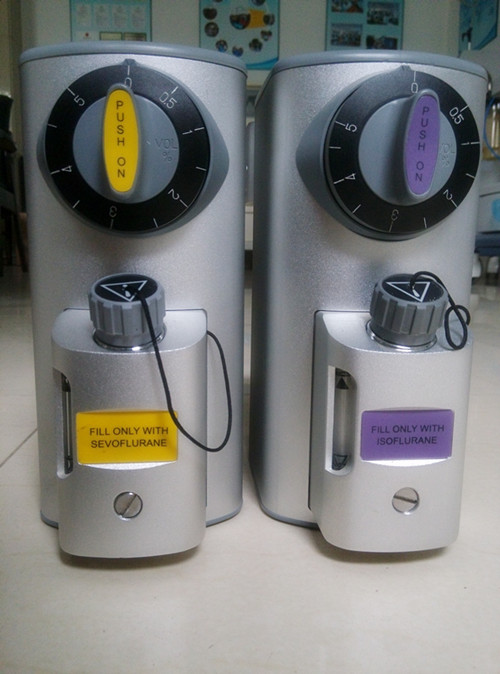
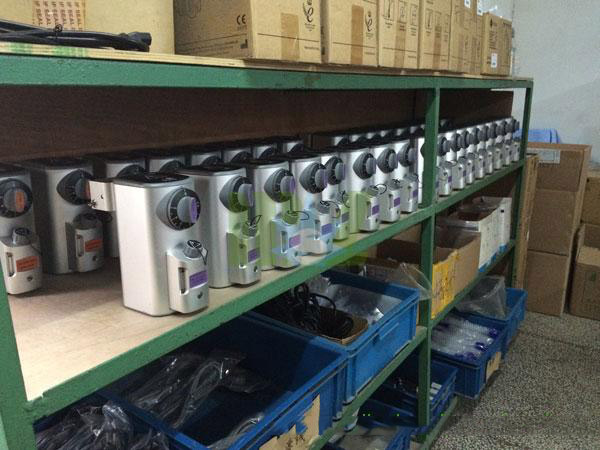
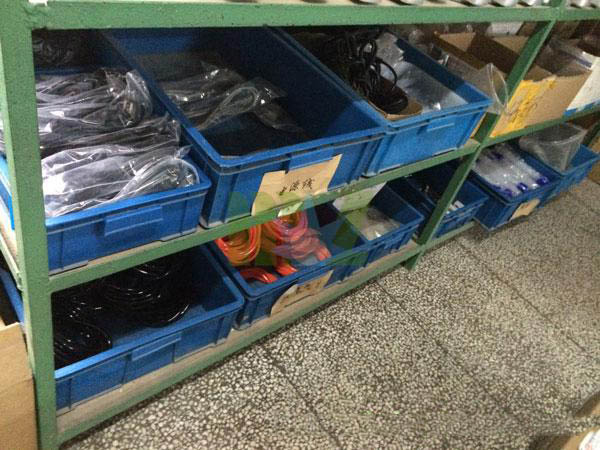
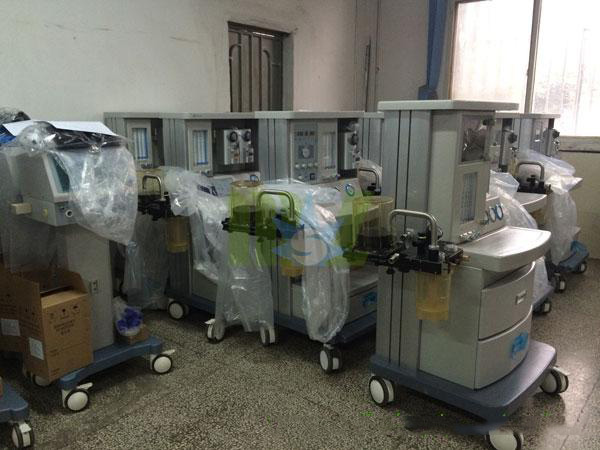
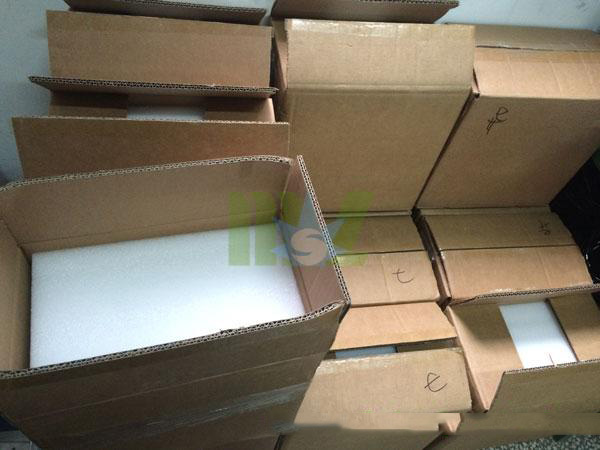
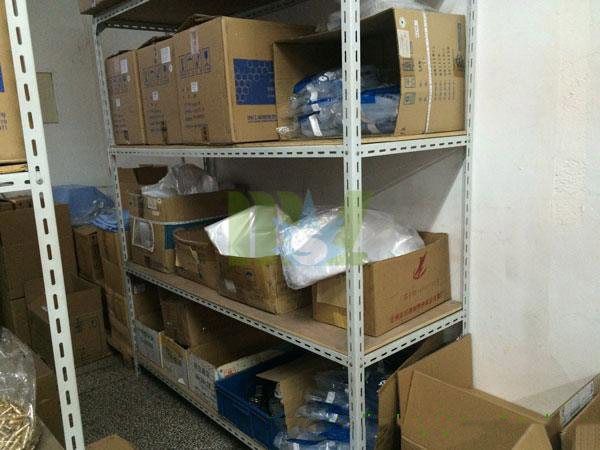
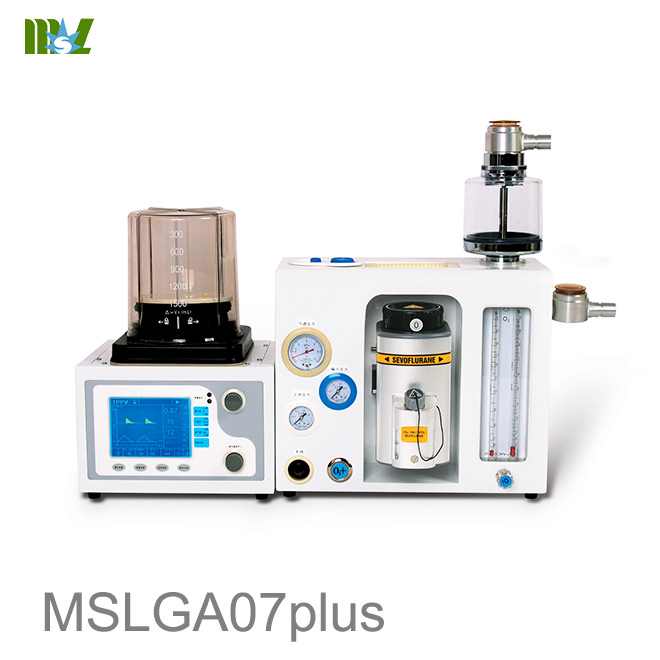
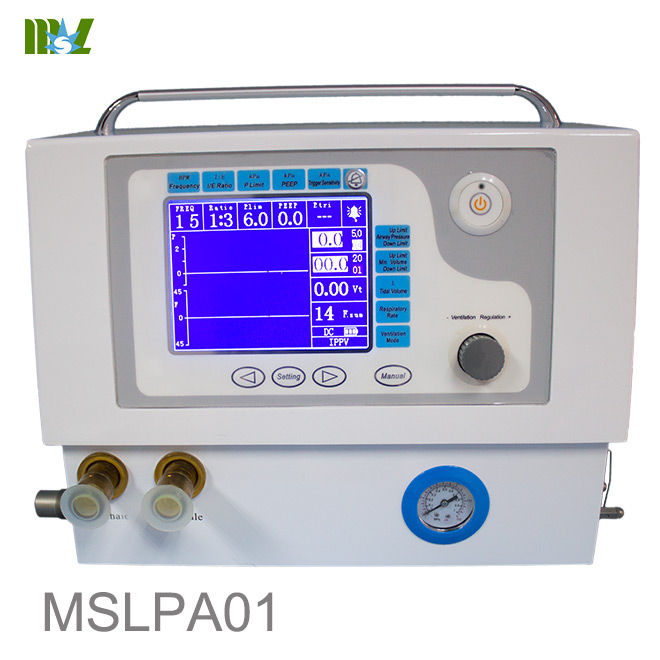
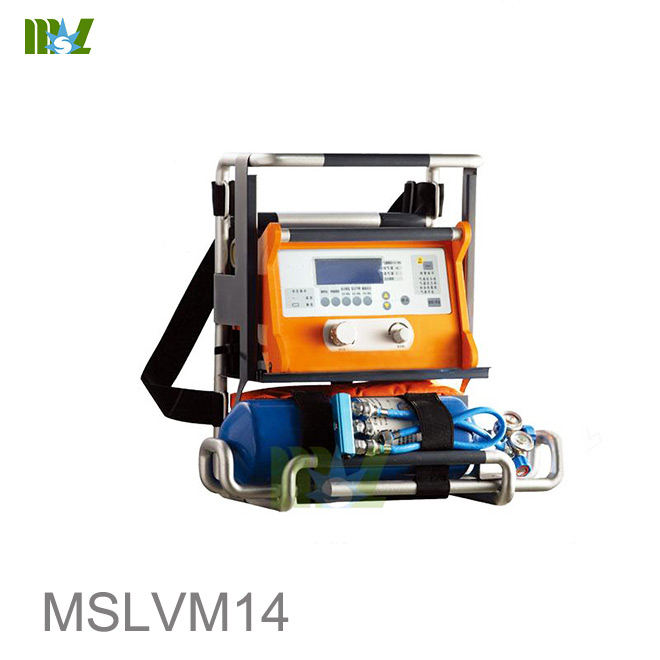
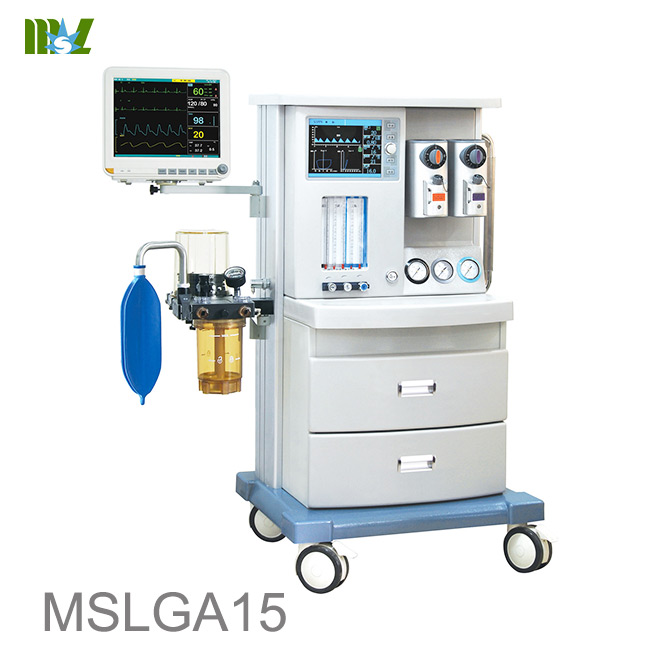
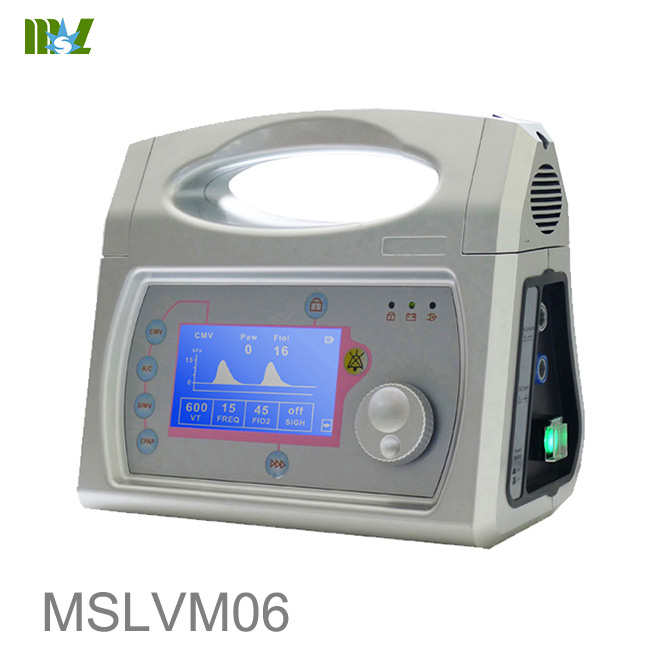
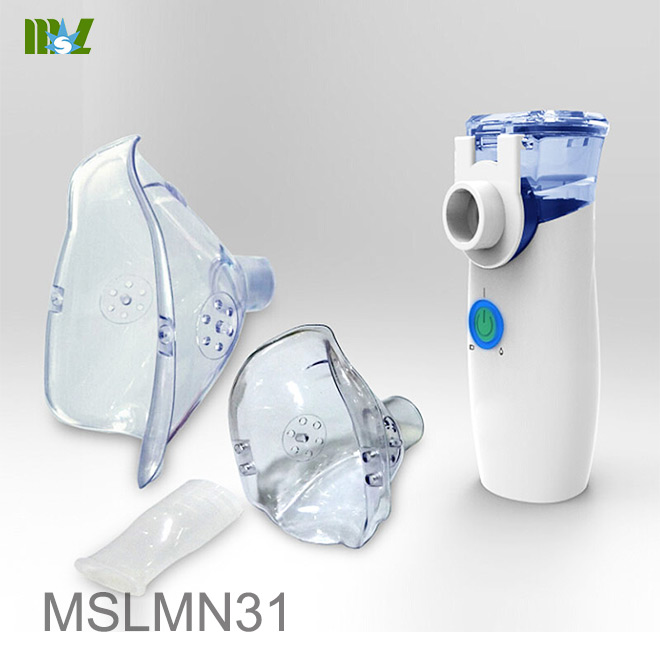

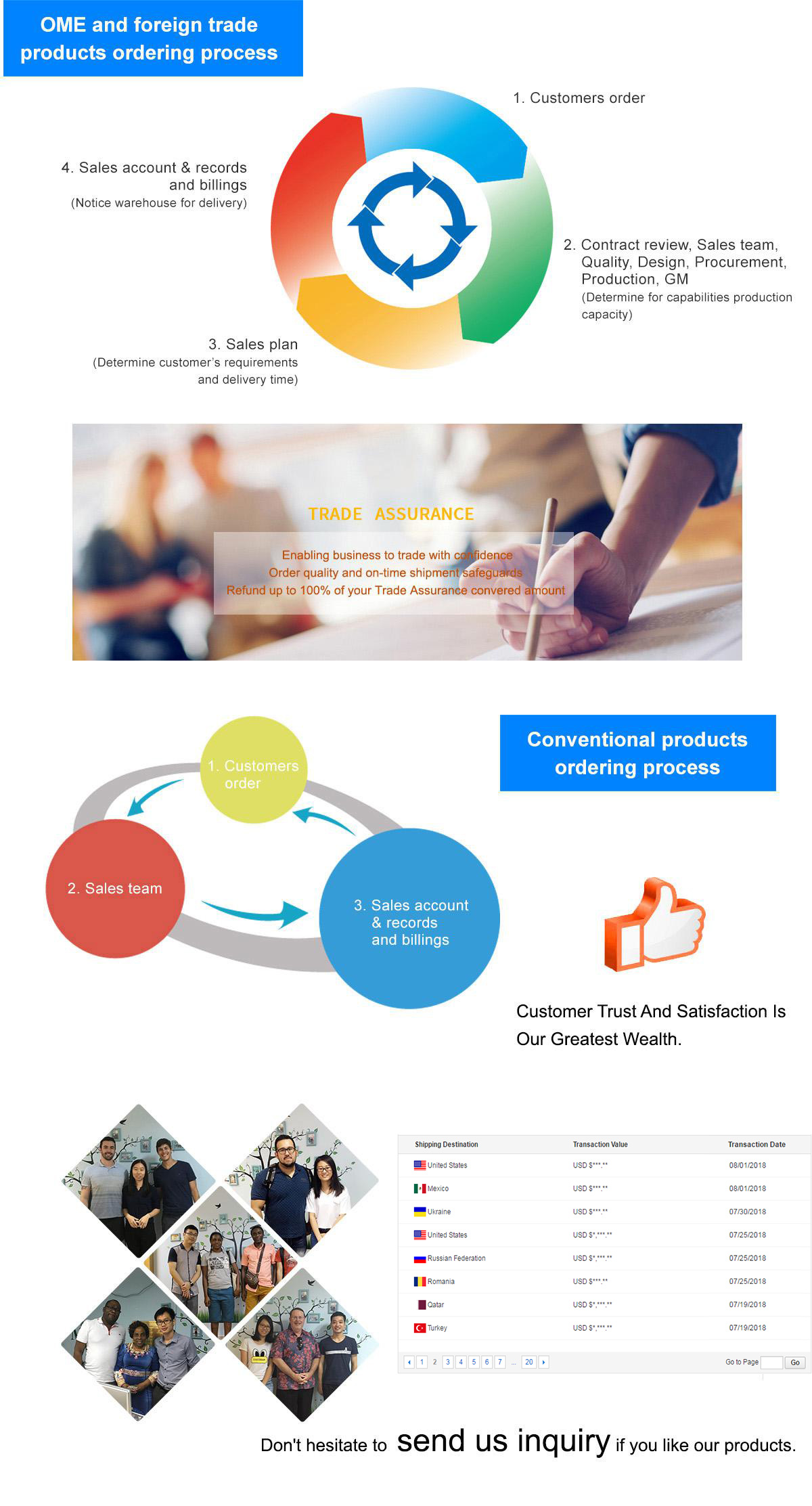

![{pr0int $v['title']/}](https://medicalequipment-msl.com/upload/img/20160127/201601271807379118.jpg.jpg)
![{pr0int $v['title']/}](https://medicalequipment-msl.com/upload/img/20160722/201607221807056753.jpg.jpg)
![{pr0int $v['title']/}](https://medicalequipment-msl.com/upload/img/20160128/201601281648405032.jpg.jpg)
![{pr0int $v['title']/}](https://medicalequipment-msl.com/upload/img/20160722/201607221801365913.jpg.jpg)
![{pr0int $v['title']/}](https://medicalequipment-msl.com/upload/img/20160126/201601261822187289.jpg.jpg)
![{pr0int $v['title']/}](https://medicalequipment-msl.com/upload/img/20160128/201601281555461492.jpg.jpg)
![{pr0int $v['title']/}](https://medicalequipment-msl.com/upload/img/20160128/201601281518347549.jpg.jpg)
![{pr0int $v['title']/}](https://medicalequipment-msl.com/upload/img/20160129/201601291146476108.jpg.jpg)
![{pr0int $v['title']/}](https://medicalequipment-msl.com/upload/img/20160127/201601271621071124.jpg.jpg)
![{pr0int $v['title']/}](https://medicalequipment-msl.com/upload/img/20190614/201906141153498531.jpg.jpg)
![{pr0int $v['title']/}](https://medicalequipment-msl.com/upload/img/20160127/201601271727447476.jpg.jpg)
![{pr0int $v['title']/}](https://medicalequipment-msl.com/upload/img/20210611/202106110914178380.jpg.jpg)
![{pr0int $v['title']/}](https://medicalequipment-msl.com/upload/img/20210611/202106110842557816.jpg.jpg)
![{pr0int $v['title']/}](https://medicalequipment-msl.com/upload/img/20210611/202106111034082737.jpg.jpg)
![{pr0int $v['title']/}](https://medicalequipment-msl.com/upload/img/20210611/202106110943013057.jpg.jpg)
![{pr0int $v['title']/}](https://medicalequipment-msl.com/upload/img/20210611/202106111047224421.jpg.jpg)
![{pr0int $v['title']/}](https://medicalequipment-msl.com/upload/img/20210611/202106111113122534.jpg.jpg)


